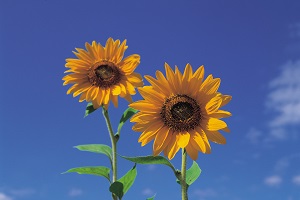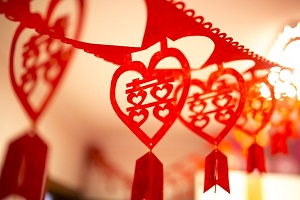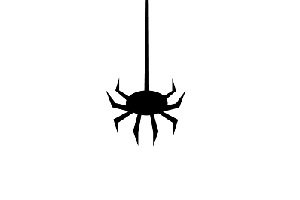The areca palm plant tree plant has the scientific name dypsis lutescens and is one of the favorite houseplants of homeowners when they like to add a little nature to the living space.
They are often used as outdoor plants at the deck, patio, or even beside the swimming pool where a tinge of natural green can make such a great impact on aesthetics.
In the horticultural world, you only get pet names when you are a popular well-loved plant.
And the areca palm goes with various alternative names such as:
- Yellow palm
- Butterfly palm
- Golden cane
- etc
It is a tree plant that is native to various parts of the world.
And with an ability grow to a considerable height, they make great additions to homes that desire something larger than the average potted plant to make a visual impact.
In fact, if you visit some of the famous resort cities of the world such as Bali, you are bound to see them everywhere to create that spa-like environment that somehow soothes our minds.
They are easy to care for and related to the bamboo plant.
Various parts of the plant is also used as herbal remedies in TCM.
Feng shui
A big reason why the areca palm is often used for feng shui purposes is it’s evergreen foliage.
The leaves have a fine texture and resemble feathers of a bird.
With as much as a hundred leaves on a single small average sized areca palm, the foliage has no definite form. This enables the plant to soften up or blur straight lines in any part of a living space.
It somewhat acts like a cushion against energy that are too strong.
This is why they are most often placed in areas where there is sha chi such as exposed pillars and sharp corners when indoors.
When a few of them are lines up, they can also be used for the demarcation of space so that a living area does not overlap with another.
If you are unable to position a sofa with a wall as backing, this areca wall can be used to serve as the required backing.
Their tall height also allows them to cover up problem areas the exceeds the height of an average adult.
If directional sectors is a concern for placement, they can be placed in the east, southeast, south and north to ensure that there are no conflicts of energy.
















